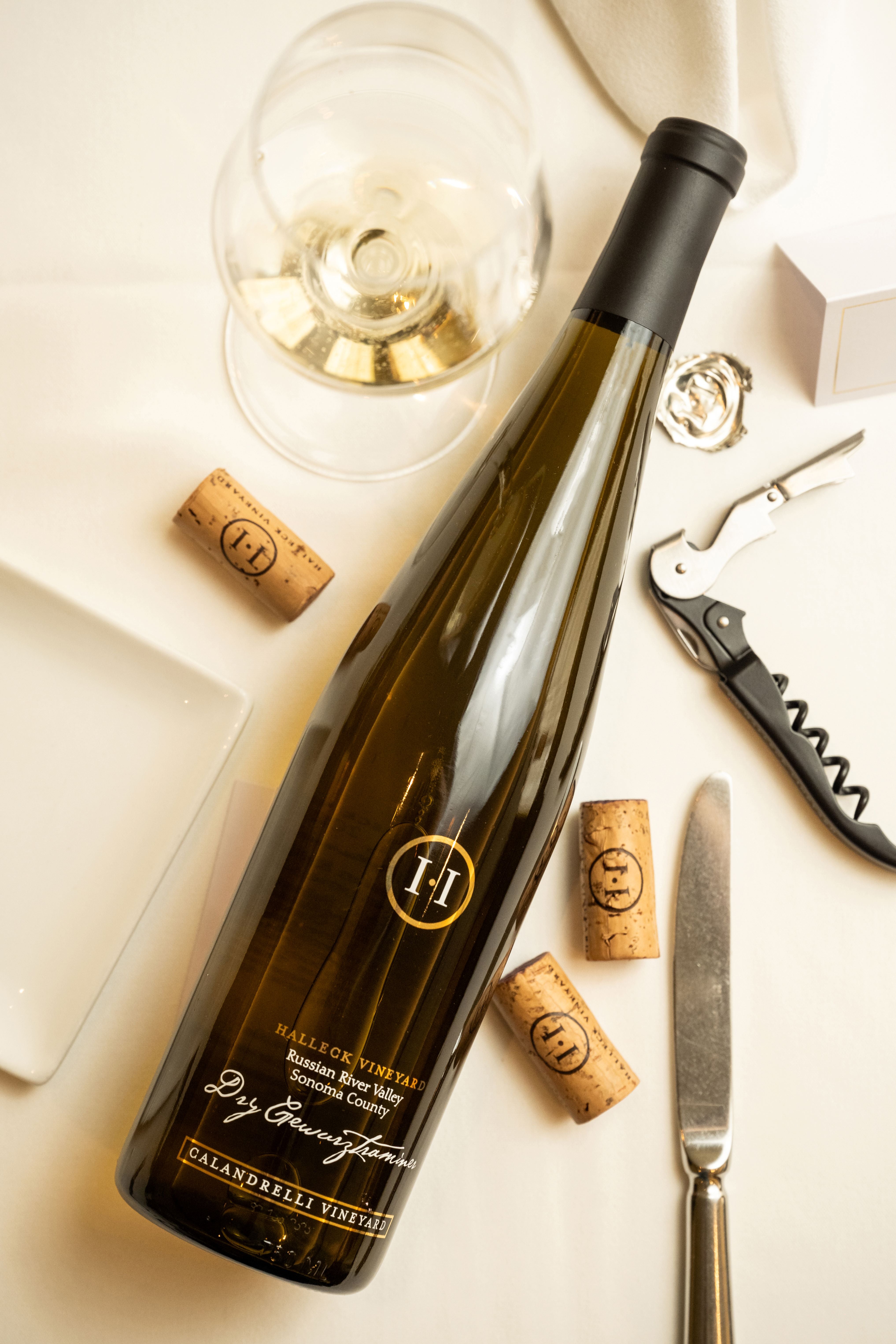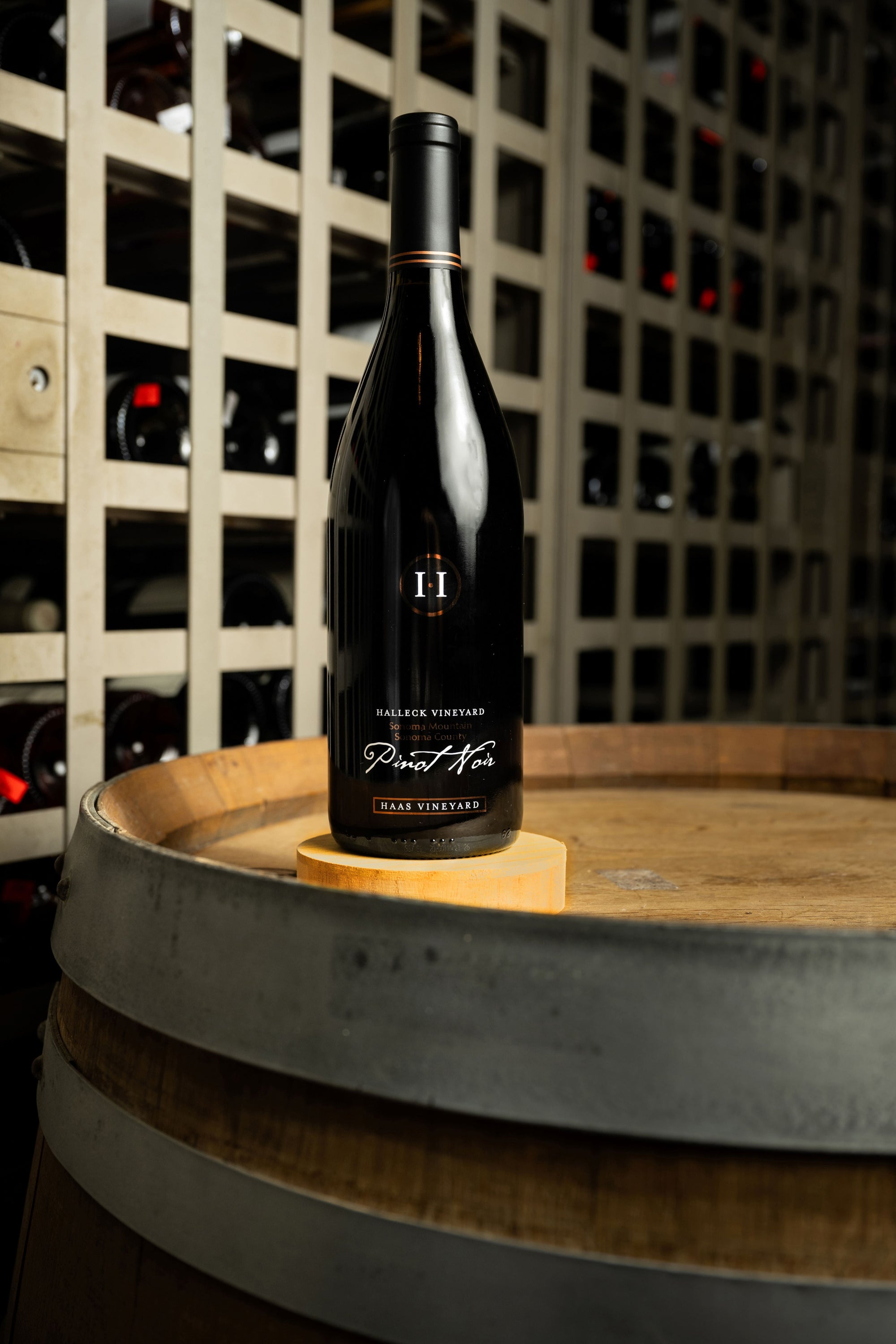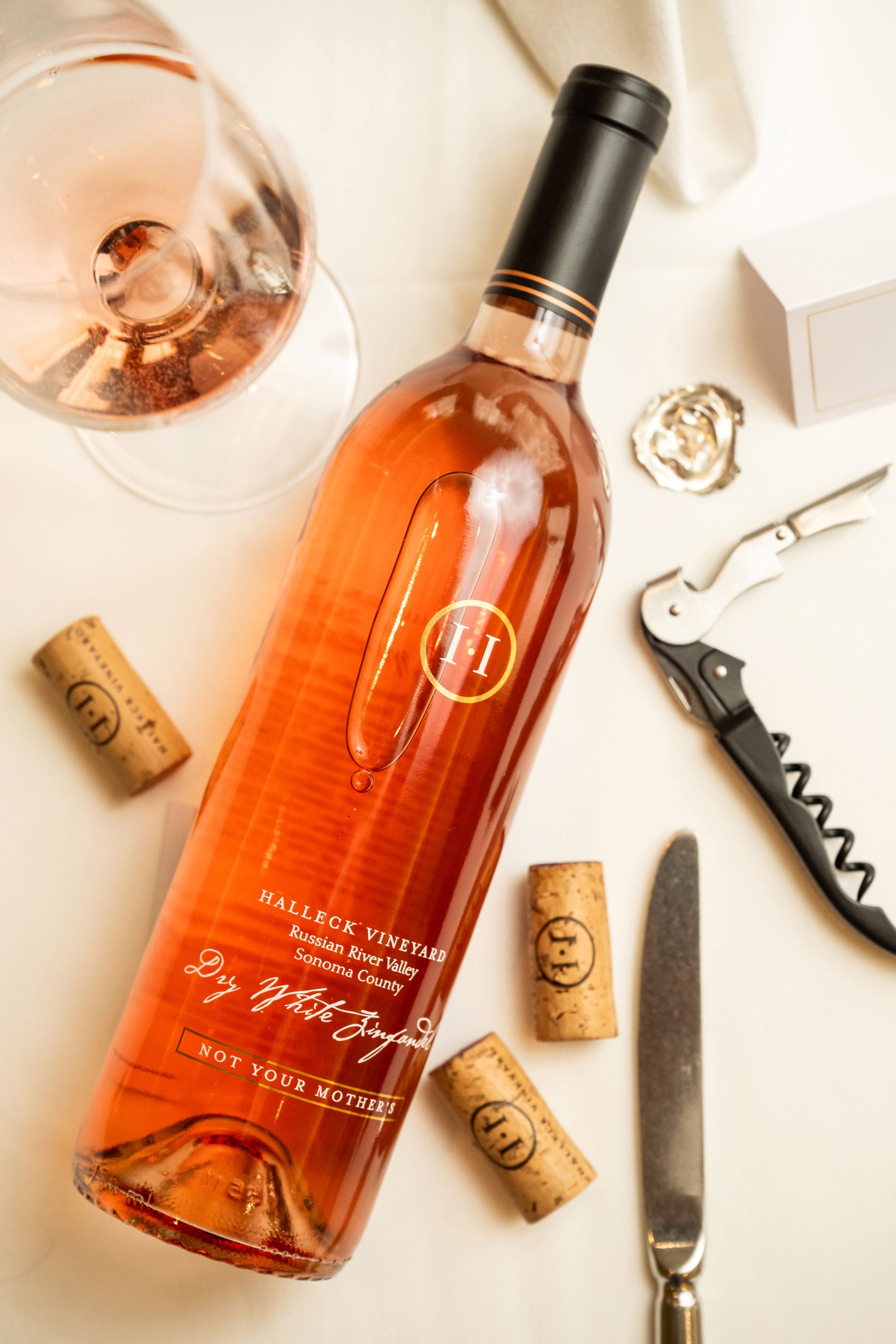Wineries Located Near Russian River Valley - Celebrated Wineries Around Sebastopol
Wine tasting is an art that requires practice and an understanding of various aspects involved in the course of. One essential component of wine tasting is the event and interpretation of tasting notes, which function a guide for both novices and seasoned connoisseurs. A Guide To Understanding Winery Wine Tasting Notes can enhance your wine-tasting experience, making it more meaningful and pleasant.

Tasting notes are concise descriptions that seize the essence of a wine’s flavors, aromas, and total character. Usually composed by professional tasters, winery tasting notes supply insights into the nuances of assorted wines. They can help wine enthusiasts perceive what to anticipate from a particular bottle. Nevertheless, tasting notes can vary extensively in style and detail primarily based on the author's experience and palate.
Charming Wineries With Views In Sonoma Valley - Sonoma Vineyards Worth Visiting
When you first method a glass of wine, your senses will begin to engage instantly. The sight, odor, and taste of the wine will converge to offer you a complete experience. Tasting notes typically begin with the visible assessment, the place the color of the wine is taken into account. Colour plays a major position in indicating the wine’s age, grape selection, and even its flavor profile.
After assessing the visual side, the subsequent step entails swirling the wine in the glass. This motion aerates the wine, allowing its aromas to awaken. Smelling the wine supplies critical perception into its complexity. The initial sniff can ship a flood of scents that may embrace fruity, floral, natural, or earthy notes. This is usually the most subjective part of tasting, as particular person experiences can dramatically differ.
In winery tasting notes, descriptors are often categorized into main, secondary, and tertiary aromas. Primary aromas often stem from the grape selection, secondary aromas derive from fermentation processes, and tertiary aromas arise from growing older. Understanding these classes can help you respect the depth of a wine, and they also provide the vocabulary to express your experience better.
Intimate Wine Tasting Experiences In Sonoma - Exploring The Vineyards Of Sonoma
Following the olfactory encounter, your focus will shift to the style of the wine. This is the place the primary characteristics—sweetness, acidity, tannins, alcohol—come into play. Tasting notes often element these flavors in a quantity of dimensions, including the initial attack on your palate to the lingering finish on your tongue. A high-quality wine will present a harmonious stability between these elements.
While tasting, it's important to ponder the body of the wine, which may be described as light, medium, or full. The physique contributes significantly to your overall impression, serving to you consider how the wine pairs with food or whether it stands alone as a sipping wine. Balancing the physique with the other traits provides you with a fuller understanding of what the wine has to offer.
The end of the wine, additionally referred to as the aftertaste, is one other important facet often included in tasting notes. A long, nice end usually signifies a higher high quality wine, while a brief or cloying aftertaste may suggest otherwise. Evaluating the finish can supply further perception into the wine's complexity and distinction.
Understanding the context of winery tasting notes can be valuable. Tasting notes can present contextual information about the winery's location, climate, and grape-growing practices. This context provides one other layer of appreciation for the wine, allowing enthusiasts to attach the sensory experience with its origins, thus enhancing the enjoyment further.
Wine Tasting Events In Sonoma County - Craft Wineries In Sonoma
Many wineries provide tasting notes on their websites or labels, usually written in an approachable but informative style. Nevertheless, not all winery tasting notes are created equal. Some may be overly technical, while others might prioritize marketing aptitude over insightful evaluation. Learning to navigate these notes can arm you with the knowledge to make knowledgeable selections when choosing wines.
Participating in tastings at wineries can also deepen your understanding of wine tasting notes. Interacting with knowledgeable employees can provide you a extra hands-on strategy to exploring totally different wines and the language used to describe them. Wineries Offering Off The Beaten Path Experiences. You'll have the chance to ask questions, have interaction in discussions, and doubtlessly refine your palate in actual time.
Experimentation is crucial for mastering wine tasting notes. As you pattern completely different wines, attempt making your personal notes. Focus on describing the wine’s color, aroma, style, and finish. Over time, you’ll develop a personal vocabulary that resonates along with your sensory experiences. Every note you create will help refine your palate, permitting you to understand wines at a deeper level.
Wineries Pairing Wine With Chocolate - Exploring The Vineyards Of Sonoma
In conclusion, a home Guide To Understanding Winery Wine Tasting Notes offers a comprehensive framework for diving into the world of wines. It equips you with the strategies and language essential to articulate your experiences. Whether you're a casual drinker or a dedicated aficionado, understanding and utilizing tasting notes can profoundly impact your wine journey. This knowledge not only enhances your enjoyment but also connects you deeply with the wealthy narratives each bottle tells. By embracing this journey, you become part of the attractive mosaic of wine tradition, the place every sip unveils a new story waiting to be found.
- Wine tasting notes typically encompass a wide selection of sensory descriptions, together with aroma, flavor, acidity, body, and finish, permitting tasters to completely appreciate the wine's traits.
- To improve your understanding, familiarize yourself with common wine terminology such as "tannins," "oakiness," or "terroir," which might help decipher the notes more effectively.
- A systematic strategy to tasting includes first visually assessing the wine's shade and readability, followed by swirling to release aromas, then inhaling and describing what you experience.
- Taking notes during tasting can help identify patterns over time, bettering your palate and making it simpler to recall preferences for future alternatives.
- Do Not overlook the affect of food pairings; tasting notes can differ greatly when a wine is enjoyed with complementary flavors, altering perception and enjoyment.
- Pay attention to the wine’s vintage, as weather conditions in a given yr can significantly affect the final product, including another layer to the tasting notes.
- Consider the winemaker's style and philosophy, which might shape the wine's profile and impact how its notes evolve with every sip.
- Training with different grape varieties can broaden your vocabulary; every sort brings unique characteristics that can improve your ability to articulate tasting notes successfully.
- Engaging with wine professionals or attending tasting events can present useful insights, providing a richer context for understanding personal tasting notes.
- Keep In Mind that tasting is subjective; individual preferences and experiences will form one’s interpretation of the same wine, enriching the general enjoyment of wine exploration.
What are wine tasting notes?
Wine tasting notes are descriptive comments made by tasters concerning the look, aroma, taste, and finish of a wine. They present an overview of the wine's characteristics and may help consumers understand the style and high quality of the wine.
Wineries With River Views - Sebastopol Vineyard Visits
Why are tasting notes essential when selecting wine?
Tasting notes can guide you in selecting a wine that suits your palate. They present insights into flavors and aromas, serving to you to match wines with food or occasions. Understanding these notes enhances your overall wine experience.
How ought to I read wine tasting notes?
(Wineries Known For Their Beautiful Gardens)
Romantic Winery Destinations In Sebastopol - Sonoma's Hidden Winery Gems

When reading wine tasting notes, pay attention to the construction: look for descriptions of colour, aroma, flavor, and end. This will help you grasp the wine's profile and determine if it aligns along with your preferences.
What terms commonly seem in wine tasting notes?
Frequent phrases include "tannin" (the structure), "acidity" (the crispness), "physique" (the weight), and varied flavor descriptors like "fruity," "earthy," or "spicy." Familiarizing yourself with these terms can deepen your understanding of wine.
Wine Tasting Experiences With Local Cheese - Sonoma Wine Tasting Recommendations

Am I Able To create my very own tasting notes?
Yes! Writing your personal tasting notes can enhance your wine tasting experience. Focus in your observations of taste, aroma, and other sensory characteristics. This personal practice may help you refine your palate over time.
How do I establish the aromas in wine tasting notes?
Historical Wineries To Visit In Sonoma - Sonoma Wine Culture
To establish aromas, practice smelling a wide range of scents and associating them with wines. Swirl the wine in your glass to release its aromas, then take a moment to breathe in deeply before identifying any outstanding scents.

What is the difference between professional and private wine tasting notes?
Professional tasting notes could use more technical language and specific terminology, whereas personal tasting notes are subjective and reflect individual experiences. Each are priceless for understanding and enjoying wine, but personal notes my link might resonate extra with your unique tastes.
How can tasting notes improve my wine appreciation?
Wineries Focusing On Single Vineyard Wines - Winery In The Sonoma Wine Region
Tasting notes can enhance your appreciation by helping you to understand and articulate the complexities of wine. They encourage conscious tasting and supply a framework for comparing completely different wines, resulting in a richer enjoyment of the beverage.
Are there any apps or tools to help with wine tasting notes?
Yes, there are several apps designed to assist customers document and arrange their tasting notes. These tools often provide options like flavor wheel guides and wine database searches, making it easier to track your journey through completely different wines.